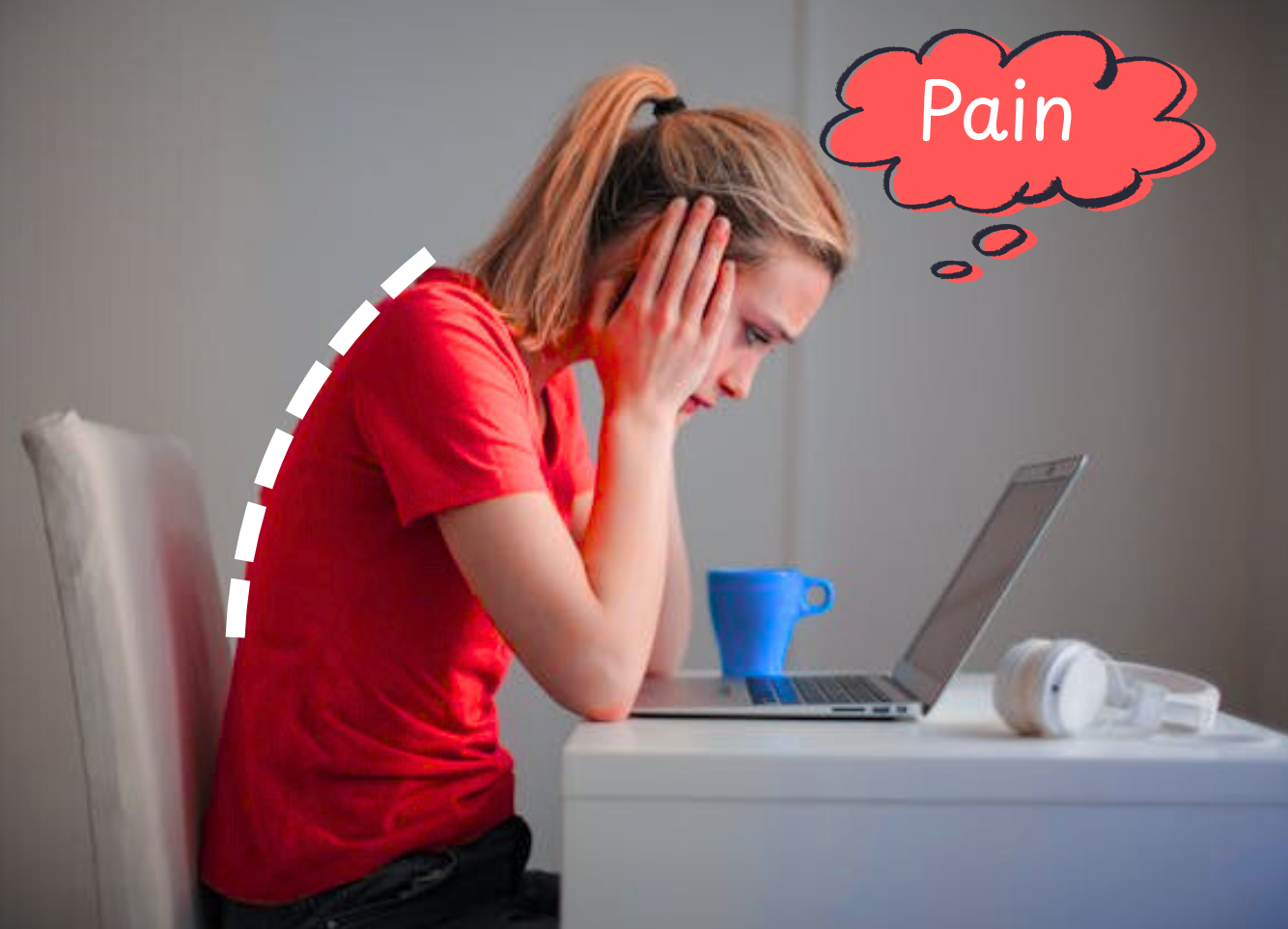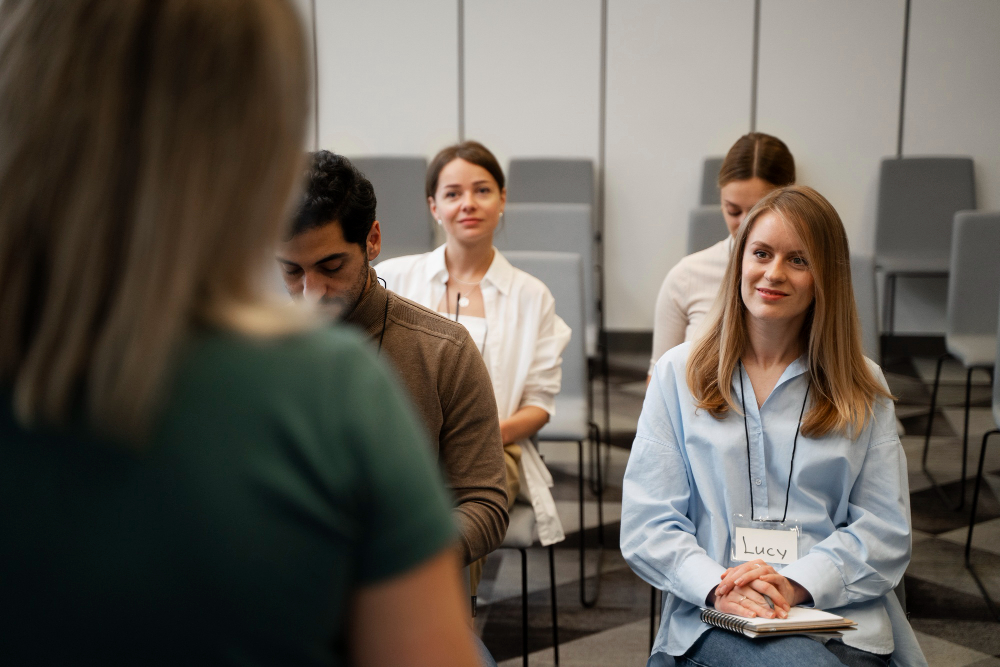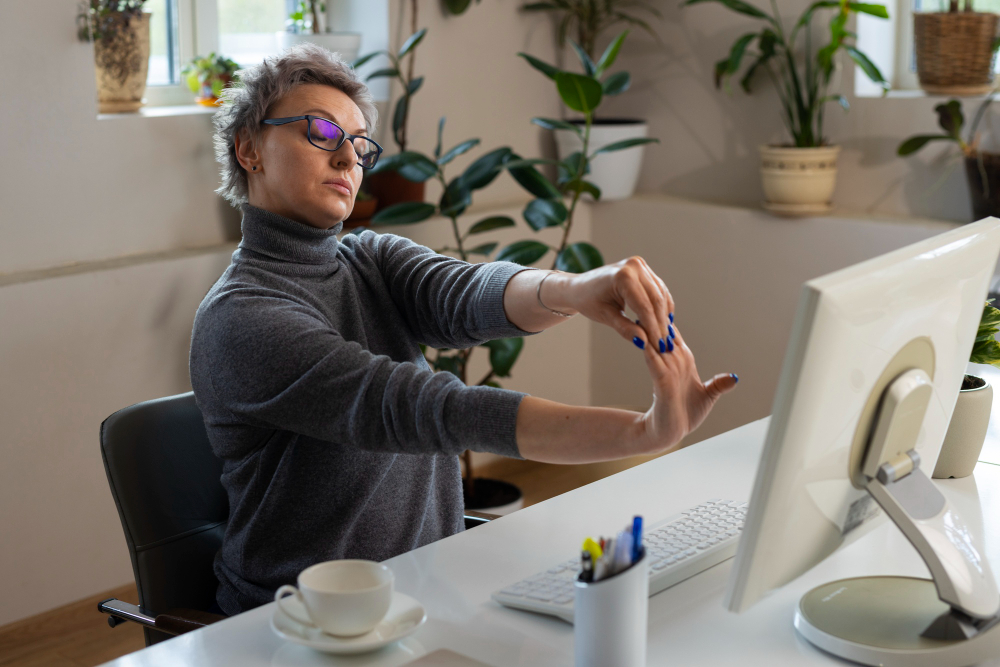 Many organisations today offer wellbeing initiatives – a mental health webinar here, a mindfulness session there, or a once-a-year DSE (display screen equipment) assessment. But are these isolated efforts enough? Increasingly, workplace health professionals are recognising that employee wellbeing doesn’t exist in silos. Physical health, mental wellbeing, and organisational culture are deeply interconnected – and tackling one without the others risks missing the bigger picture.
Many organisations today offer wellbeing initiatives – a mental health webinar here, a mindfulness session there, or a once-a-year DSE (display screen equipment) assessment. But are these isolated efforts enough? Increasingly, workplace health professionals are recognising that employee wellbeing doesn’t exist in silos. Physical health, mental wellbeing, and organisational culture are deeply interconnected – and tackling one without the others risks missing the bigger picture.
To create workplaces that are not just compliant but genuinely supportive, it’s time to move from ergonomics to ecosystems: from checking boxes to building environments where physical, psychological and social health are part of an integrated whole-person strategy.
The Pitfalls of Piecemeal Wellbeing
Too often, workplace health and wellbeing is reactive and fragmented. An employee reports neck or back pain, so a DSE workstation assessment is carried out. Someone is signed off with stress, so HR recommends counselling. While each of these steps has value, they rarely address the underlying factors that connect physical discomfort, emotional strain, and productivity loss.
When wellbeing initiatives are delivered in isolation, they tend to be short-lived, poorly attended, or fail to produce meaningful change. Without a joined-up approach, teams may not know where to direct employees or how to prevent problems from escalating in the first place.
The Interplay of Physical and Mental Health
Physical discomfort – whether from a poor workstation setup, prolonged static posture, or device overuse – doesn’t stay in the body. It affects mood, concentration, sleep quality, and energy levels. Conversely, stress and mental fatigue often lead to poor postural habits, reduced movement, and even increased muscle tension.
In fact, studies have consistently shown that musculoskeletal pain can increase the risk of depression and anxiety. The relationship is two-way: chronic stress can also exacerbate the perception of pain and hinder recovery. When these issues are treated separately, the chance of long-term resolution is reduced.
An Integrated, Evidence-Based Approach
Forward-thinking organisations are now looking beyond traditional health and safety compliance to embrace a more holistic approach. This means embedding DSE workstation assessments within a broader framework that includes:
- Stress risk assessments and prevention strategies.
- Training and wellbeing workshops on healthy movement and micro breaks.
- Digital behaviour awareness – beyond work hours.
- Ergonomic education aligned with mental wellbeing policies.
- Train in-house staff through a comprehensive DSE assessor course to deliver holistic assessments and ensure regular review of DSE evaluations.
- Education on broader health and wellbeing topics.
- Supportive management practices and workload design.
In this model, DSE isn’t just about checking the chair height – it’s a doorway into understanding how people work, how they feel, and how the organisation can support them more effectively.
Practical Tips for Employers
For those looking to take a more joined-up approach, here are some initial steps:
- Stop treating wellbeing as an add-on. Make it part of the organisational strategy, not a side project led by a single department.
- Train assessors and managers to look beyond posture. Equip them with the tools to spot and address related stress and workload issues.
- Encourage a culture of movement. Micro breaks, walking meetings, and posture variation should be normalised, not seen as slacking off.
- Reframe DSE assessments as opportunities for meaningful dialogue. Use them to discuss tech use habits, fatigue, and workload.
- Measure what matters. Look beyond absence rates and include employee-reported pain, fatigue, engagement, and satisfaction.
Rethinking What Support Really Means
Creating a workplace where people thrive requires more than ergonomic chairs or mental health campaigns. It demands a system where physical, emotional, and organisational health are aligned – and where each part of the employee experience is designed with care.
By shifting from reactive fixes to proactive, ecosystem-level thinking, organisations can reduce risk, improve retention, and foster a culture of real wellbeing. After all, when people feel better in their bodies and minds, they work better too.








